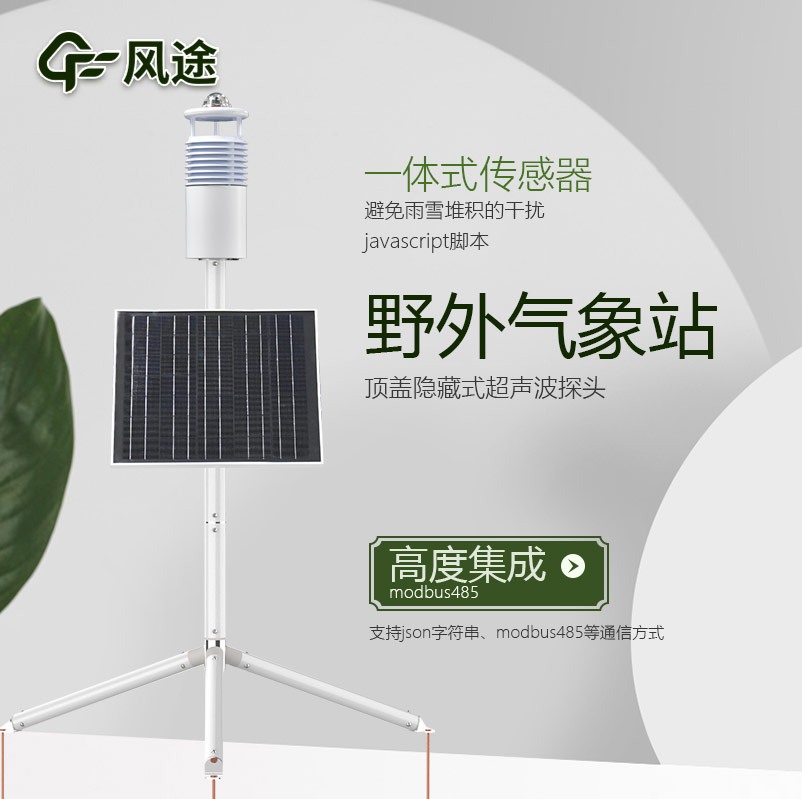In the field of meteorological monitoring, accurate and efficient meteorological data collection is of crucial importance. If reliable meteorological information needs to be obtained in specific wild areas, traditional weather stations usually have many drawbacks. Some traditional weather stations are large in size and heavy in structure, which are extremely inconvenient to transport and install in the wild. They require a great deal of manpower and time, and have poor adaptability to special terrains and environments. However, the Portable meteorograph FT-JQX10 has unique advantages.
The FT-JQX10 is made of carbon fiber material, which significantly reduces its weight while maintaining high strength, making it convenient for carrying and transportation. It integrates a variety of high-precision sensors, including a wind speed sensor that can accurately measure the wind speed in the range of 0 - 60m/s, a wind direction sensor with an accuracy of ±2°, an air temperature sensor with a resolution of 0.01℃, a humidity sensor with an accuracy of ±3% RH, a barometric pressure sensor with an accuracy within ±0.25%, and a precipitation sensor that can accurately record precipitation. It can comprehensively monitor meteorological elements such as wind speed, wind direction, air temperature, humidity, air pressure, and precipitation. Moreover, it is equipped with an intelligent data collection and transmission system. With the help of 4G and other wireless communication modules, it can timely transmit data to the data center or user terminals, realizing remote monitoring.
In the application of a wild experimental base in a mountainous area, where the terrain is complex and the climate is harsh. The FT-JQX10 is easy to transport. Its carbon fiber tripod can be unfolded and fixed conveniently, and the sensors can be connected quickly. It is powered by a combination of solar energy and a backup battery. After installation, it can be put into use simply by setting parameters through a mobile APP or computer software.
During the three-month monitoring period, it operated stably and collected data accurately. For example, during heavy rainfall, it could quickly transmit precipitation data to the data center, and the data center could issue timely warnings, effectively avoiding disaster losses.

Article address:https://www.sqqx.net/en/news/427.html

 +86 15898932201
+86 15898932201



